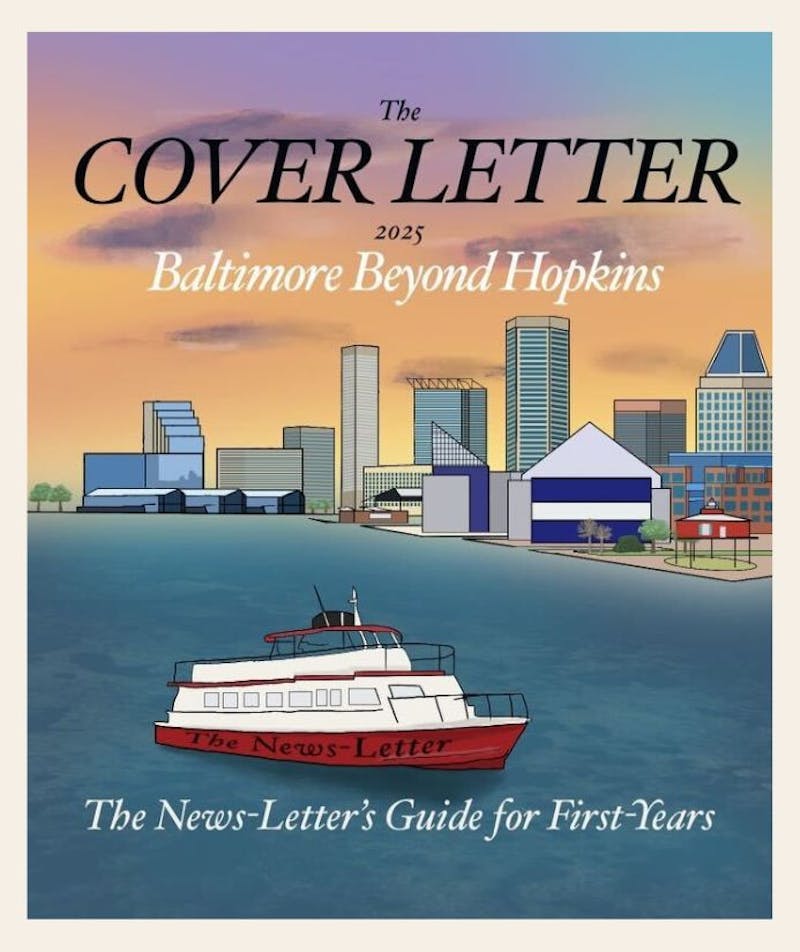The Homewood campus has rarely been under more scrutiny. In the aftermath of Sigma Chi's now-infamous Halloween party, national and local press converged upon Hopkins, and community members have spoken out, expressing shock, outrage and uncertainty in equal doses.
The reactions and conclusions are decidedly mixed. Some view Sigma Chi's "Halloween in the Hood" party, which has drawn strident criticism and University sanctions for the use of an invitation filled with racially-charged descriptions, as an unfortunate incident caused by the foolish insensitivity of individual fraternity members.
Others, however, see the fraternity party as an indication of a larger problem of institutional racism at Hopkins -- one which has afflicted minority, and particularly African-American, students at the University for decades.
"I was disappointed that [Sigma Chi] would hold a party with such offensive scenes and signs and images," Ralph E. Moore, Jr., a Hopkins alumnus who graduated in 1974, said.
The fraternity came under fire for an invitation, posted on Facebook that referred to
Baltimore as a "motherf--king ghetto" and "hiv [sic] pit." The Hopkins Black Student Union also protested one of the party decorations, a store-bought pirate doll suspended from the fraternity house's roof with a noose, claiming that it resembled a simulated lynching.
"More disturbing than the pirate was the invitation that made fun of people with HIV," he said. "That's deplorable, especially at a medically-oriented institution."
Local media sources have strongly focused on the party's most controversial images. But Sean Yoes, a senior reporter at Afro Newspapers in Baltimore, said that more than any specific features of the fraternity party, it was Sigma Chi's response to the allegations that rankled.
"What was most offensive, I think, was the boldness of the fraternity -- first, in disseminating the invitation, and in the aftermath, in being cavalier about the situation by suggesting that students were being overly-sensitive," Yoes said.
Moore, who now directs the community center of St. Frances Academy in Baltimore, went to Hopkins at a time when the number of black students in his graduating class stood at a scant 23. The black students in his class released a statement at the graduation ceremony regarding the problems they saw -- not enough instructors of color, and too few academic courses on African-American culture.
"It's striking to me that the students now are asking for the same kind of things that we asked for in 1974," Moore said.
Less than a week after the BSU held their own protest on N. Charles Street, the Baltimore chapter of the National Association for the Advancement of Colored People led a rally to show their support.
Marvin Cheatham, president of the chapter, has demanded that both the Maryland General Assembly and the Baltimore City Council table all legislation involving the University until administrators make visible changes on campus.
"We'd like to see time targets on the enrollment of African-American students, and time targets and number goals with black professors -- we don't just want to say `bring in diversity training,'" he said.
In Charles Village there is little consensus about whether the party was truly offensive, or whether the students' and University's response has been appropriate.
"I think Charles Village has had a history of being a diverse, inclusive community, so I think that overall people were pretty shocked by what was in the invitation," John Spurrier, vice-president of the Charles Village Civic Association, said.
Now, community members say, the University must tackle the larger issue that has been brought to the forefront by the Sigma Chi controversy -- the relationship between a predominantly white University and the black-majority city that houses it.
"What I don't know is how the student body at large feels about Baltimore," Dawna Cobb, a local resident and member of the Charles Village Civic Association, said. "Are they afraid of it? Do they see themselves as separate?"
Yoes thinks that, frankly, they do. "If you look at a picture of Baltimore, Hopkins seems like a city onto itself, a looming sort of metropolis. In that way, it's isolated. And it's viewed as being elitist."
But Cobb and others hope that, with the airing of concerns about racial tensions, things can change. "I hope what comes out of this is more dialogue," she said.


